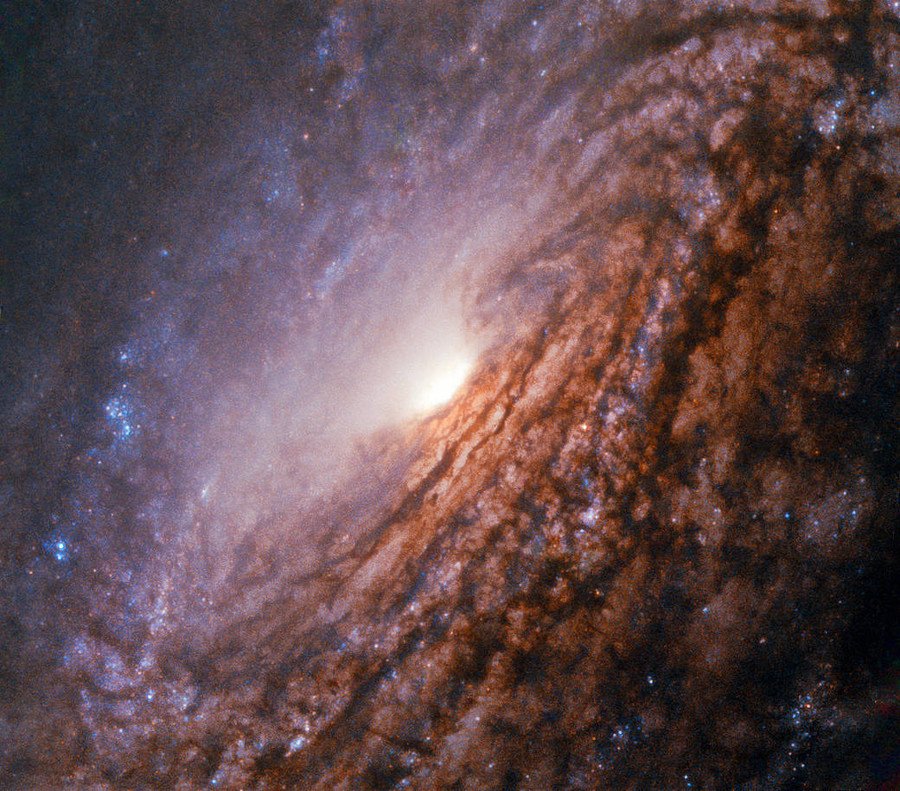It lives! Hubble Space Telescope reawakens after breakdown

The Hubble Space Telescope is back from the dead more than three tense weeks after it suffered an operational breakdown while carrying out its mission to study and record the distant stars and galaxies of the universe.
This weekend, NASA excitedly announced that Hubble returned to normal operations on Friday, and completed its first scientific observations since October 5 on Saturday.
Hubble is back!!! At 9:00 PM EDT last night the spacecraft was returned to normal science operations, and at 2:10 AM EDT today it completed its first science observations since October 5. For more details: https://t.co/lT2Wpycqw2pic.twitter.com/RIcrSyJ2hF
— Hubble (@NASAHubble) October 27, 2018
Hubble, a joint NASA and European Space Agency project, had been out of action since its gyroscope failed. The gyro is a device that measures the speed at which the spacecraft is turning and is crucial in helping Hubble to turn and lock on to new targets.
Although the powerful telescope’s human operators successfully activated a backup gyro the next day, that device returned incorrect rotation rates.
We want to extend a huge thank you to the Hubble operations team for working around the clock to get this telescope back to normal science operations! pic.twitter.com/Z9TAh9Wm0B
— Hubble (@NASAHubble) October 27, 2018
READ MORE: NASA gives Opportunity rover a deadline to wake up, or be lost forever
Last week, the team commanded Hubble to perform various maneuvers and adjusted the gyro’s operational modes to clear what they believe was a blockage between components in the device.
Welcome back, @NASAHubble - we missed you 🔭 🌌! This widely beloved and super effective “science machine” is again joining our other NASA observatories to teach us more about our beautiful universe! ⭐️ https://t.co/p9CjvAOsA5
— Thomas Zurbuchen (@Dr_ThomasZ) October 27, 2018
After a series of key tests to confirm that the gyro was stable, the team installed additional safeguards in case the excessive rotation rates return, “although this is not anticipated,” according to NASA.

Hubble, originally intended to work for just 15 years, is now once again fully functional more than 28 years after its launch. The craft has been at the forefront of space exploration, and the team expect it will continue to unearth fascinating discoveries for the next decade at least.
It’s been a good month for NASA’s repair team as engineers also got the Chandra X-Ray Observatory back online after fixing a similar, but less severe, backup gyroscope issue on that spacecraft. Chandra is back up working again and scanning the skies.
Think your friends would be interested? Share this story!














